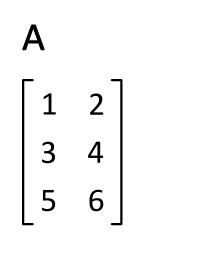
Back رسوميات نقطية Arabic Rastr təsvir Azerbaijani Растравая графіка Byelorussian Растравая графіка BE-TARASK Растерна графика Bulgarian র্যাস্টার গ্রাফিক্স Bengali/Bangla Rasterska grafika BS Mapa de bits Catalan Rastrová grafika Czech Rasterbillede Danish
This article needs additional citations for verification. (November 2016) |

In computer graphics and digital photography, a raster graphic, raster image, or simply raster is a digital image made up of a rectangular grid of tiny colored (usually square) so-called pixels. Unlike vector graphics which use mathematical formulas to describe shapes and lines, raster images store the exact color of each pixel, making them ideal for photographs and images with complex colors and details. Raster images are characterized by their dimensions (width and height in pixels) and color depth (the number of bits per pixel).[1] They can be displayed on computer displays, printed on paper, or viewed on other media, and are stored in various image file formats.
The printing and prepress industries know raster graphics as contones (from "continuous tones"). In contrast, line art is usually implemented as vector graphics in digital systems.[2]

Many raster manipulations map directly onto the mathematical formalisms of linear algebra, where mathematical objects of matrix structure are of central concern.
Raster or gridded data may be the result of a gridding procedure.
- ^ "Introduction to Computer Graphics, Section 1.1 -- Painting and Drawing". math.hws.edu. Retrieved 2024-08-25.
- ^ "Patent US6469805 – Post raster-image processing controls for digital color image printing". Google.nl. Archived from the original on 5 December 2014. Retrieved 30 November 2014.